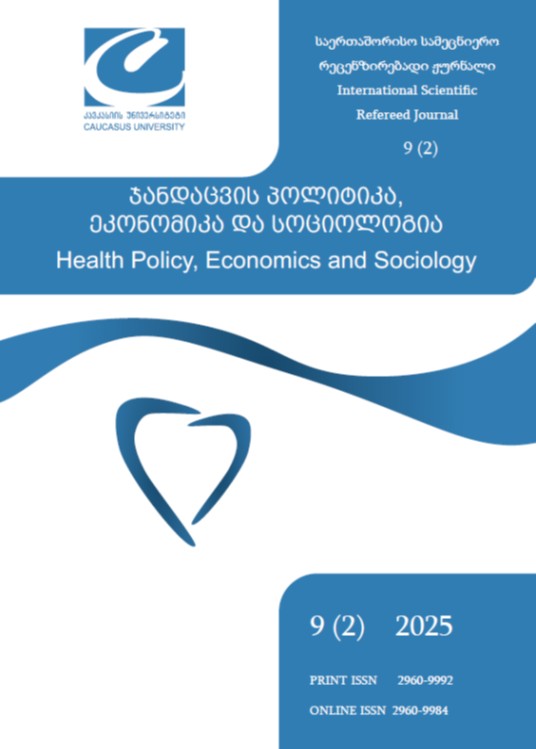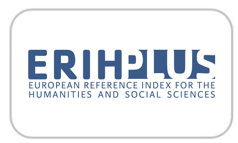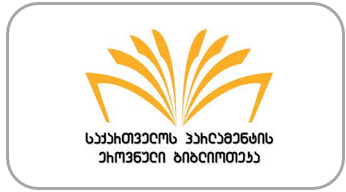Study and Evaluation of Access to Medical Services for Girls and Women with Disabilities in Georgia
DOI:
https://doi.org/10.52340/healthecosoc.2025.09.02.07Keywords:
Women with disabilities, Access to healthcare, Discrimination, Gender inequality, Accessibility, GeorgiaAbstract
Introduction. In Georgia, women and girls with disabilities face intersecting barriers rooted in gender, disability, and socioeconomic disadvantage. Despite legal commitments, systemic obstacles, shaped by post-Soviet legacies and institutional neglect, limit equitable healthcare access, particularly in reproductive services. This study investigates these challenges, revealing a persistent gap between policy frameworks and the everyday healthcare experiences of disabled women. Methodology. A cross-sectional pilot study was conducted in February 2025 to assess healthcare access among 50 women (aged 18–65) with physical or sensory disabilities in Georgia. Using purposive sampling, participants from various regions were interviewed via structured questionnaires addressing accessibility, finances, transport, insurance, and communication. Data were collected through face-to-face or phone interviews, following ethical standards. Results were contextualized using comparative data from UN, WHO, and UNFPA. Results and Discussion. This study identified widespread barriers to healthcare for women and girls with disabilities in Georgia, including physical inaccessibility, transport issues, and financial exclusion. Discrimination by providers and lack of accessible information, especially in reproductive health, further hindered access. Most participants were unaware of public programs and had limited involvement in medical decisions. The findings underscore how societal attitudes and institutional neglect perpetuate healthcare inequities beyond infrastructure alone. Conclusion. The study shows that women and girls with disabilities in Georgia face multiple barriers to healthcare, including inaccessibility, financial strain, discrimination, and lack of information. These intersecting issues highlight the urgent need for inclusive policies, better infrastructure, and disability-sensitive medical training to ensure equitable care and uphold their rights.
References
Centers for Disease Control and Prevention. (2022). Disability and health overview. https://www.cdc.gov/ncbddd/disabilityandhealth/disability.html
Disability Rights International. (2020). Abandoned & disappeared: Segregation and abuse of children and adults with disabilities in Georgia. https://www.driadvocacy.org
Elorduy, J. L., & Gento, Á. M. (2025). Accessibility of public transport for people with disabilities: A systematic literature review. Transport, 40(1), 74–93. https://doi.org/10.3846/transport.2025.23562
European Commission. (2021). Union of Equality: Strategy for the Rights of Persons with Disabilities 2021–2030. https://ec.europa.eu/social
European Disability Forum. (2019). Access to healthcare for persons with disabilities in Europe. https://www.edf-feph.org
Ganle, J. K., Baatiema, L., Quansah, R., & Danso-Appiah, A. (2020). Barriers facing persons with disability in accessing sexual and reproductive health services in sub-Saharan Africa: A systematic review. PLoS ONE, 15(10), e0238585. https://doi.org/10.1371/journal.pone.0238585
Law of Georgia on the Rights of Persons with Disabilities, No. 6531, Parliament of Georgia (2020).
Matin, B. K., Williamson, H. J., Karyani, A. K., Rezaei, S., Soofi, M., & Soltani, S. (2021). Barriers in access to healthcare for women with disabilities: a systematic review in qualitative studies. BMC Women S Health, 21(1). https://doi.org/10.1186/s12905-021-01189-5
Parish, S. L., & Huh, J. (2006). Health care for women with disabilities: Population‐based evidence of disparities. Health & Social Work, 31(1), 7–15. https://doi.org/10.1093/hsw/31.1.7
Office of the Public Defender of Georgia. (2022). The rights situation of women and girls with disabilities in Georgia. https://ombudsman.ge/res/docs/2022032319395428522.pdf
Saleeby, P. W., & Hunter-Jones, J. (2016). Identifying Barriers and Facilitators to Breast Health Services among Women with Disabilities. Social Work in Public Health, 31(4), 255–263. https://doi.org/10.1080/19371918.2015.1137509
UN Committee on the Rights of Persons with Disabilities. (2016). General comment No. 3 on women and girls with disabilities (CRPD/C/GC/3). https://www.ohchr.org/en/treaty-bodies/crpd/general-comments
UN Women. (2020). Women with disabilities in Eastern Europe and Central Asia. UN Women Regional Office for Europe and Central Asia. https://eca.unwomen.org
UN Women. (2021). Making healthcare services inclusive for women and girls with disabilities. UN Women Georgia. Retrieved from https://georgia.unwomen.org
UNFPA Georgia. (2021). Situation Analysis of the Rights of People with Disabilities in Georgia. United Nations Population Fund Georgia. Retrieved from https://georgia.unfpa.org/en
UNFPA Eastern Europe and Central Asia. (2021). Integrating the rights and needs of women and young persons with disabilities into sexual and reproductive health services. United Nations Population Fund Eastern Europe and Central Asia. Retrieved from https://eeca.unfpa.org
UNDP Georgia (2021). Situation analysis of the rights of people with disabilities in Georgia. United Nations Development Programme. Retrieved from https://www.undp.org/georgia
UNICEF. (2013). The State of the World’s Children 2013: Children with disabilities. United Nations Children’s Fund. https://www.unicef.org.uk/publications/sowc-report-2013-children-with-disabilities/
World Bank. (2013). Inclusion matters: The foundation for shared prosperity. World Bank. https://openknowledge.worldbank.org/handle/10986/16195
WHO. (2011). World report on disability. World Health Organization https://www.who.int/teams/noncommunicable-diseases/sensory-functions-disability-and-rehabilitation/world-report-on-disability
WHO. (2022). Disability and health. World Health Organization. https://www.who.int/news-room/fact-sheets/detail/disability-and-health
WHO – Europe. (2022). The WHO European framework for action to achieve the highest attainable standard of health for persons with disabilities 2022–2030. World Health Organization, Regional Office for Europe. https://www.sciencedirect.com/science/article/pii/S2666776222002514
WHO. (2023). World health statistics 2023: Monitoring health for the SDGs.World Health Organization. https://www.who.int/publications/i/item/9789240074323














